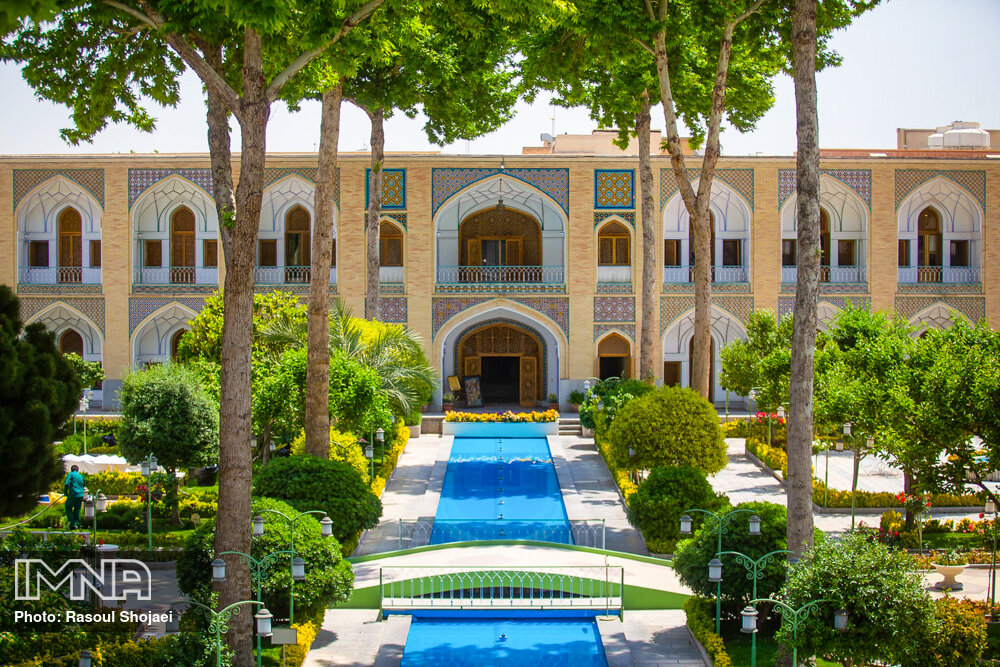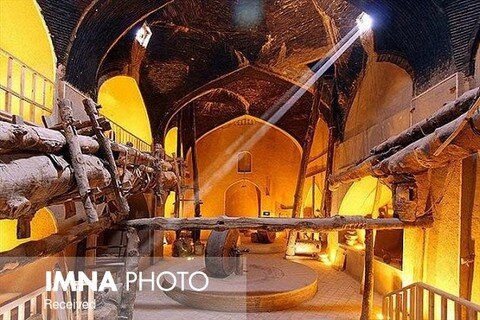Iran (IMNA) - 215,000 visits to Isfahan’s cultural heritage sites and museums were registered during the Eid al-Fitr holidays, the provincial tourism chief said on Tuesday.
Visited by 88,000 people [the UNESCO-registered] Fin Garden of Kashan attracted the highest number of visitors during the two-day festivity, Alireza Izadi said.
Chehel Sotoun Palace, which its architecture reminds an Achaemenid-inspired talar (columnar porch) style, was named the second-most visited attraction, the official said.
Soaked in a rich history, Isfahan was once been a crossroads of international trade and diplomacy in Iran and now it is one of Iran’s top tourist destinations for good reasons. It is filled with many architectural wonders, such as unmatched Islamic buildings, bazaars, museums, Persian gardens, and tree-lined boulevards. It’s a city for walking, getting lost in its mazing bazaars, dozing in beautiful gardens, and meeting people.

Moreover, Isfahan is renowned not only for the abundance of great historical bridges but also for its ‘life-giving river’, the Zayandeh-Rood, which has long bestowed the city an original beauty and fertility. Isfahan has long been nicknamed as Nesf-e-Jahan, which is translated into “half the world”; meaning seeing it is relevant to see half the world. In its heyday, it was also one of the largest cities in the region with a population of nearly one million.
The cool blue tiles of Isfahan’s Islamic buildings, and the city’s majestic bridges, contrast perfectly with the encircling hot, dry Iranian countryside. The huge Imam Square, best known as Naghsh-e Jahan Sq. (literary meaning “Image of the World”), is one of the largest in the world (500m by 160m), and a majestic example of town planning. Constructed in the early 17th century, the UNESCO-registered square is punctuated with the most interesting sights in Isfahan.
Modern Isfahan is home to some heavy industry, including steel factories and a nuclear facility on its outskirts. However, its inner core wants to be preserved as a priceless gem. The city is also home to a gigantic, professional, and state-of-the-art healthcare city, which is a major destination in the realm of medical tourism.
AFM
Tehrantimes


Your Comment